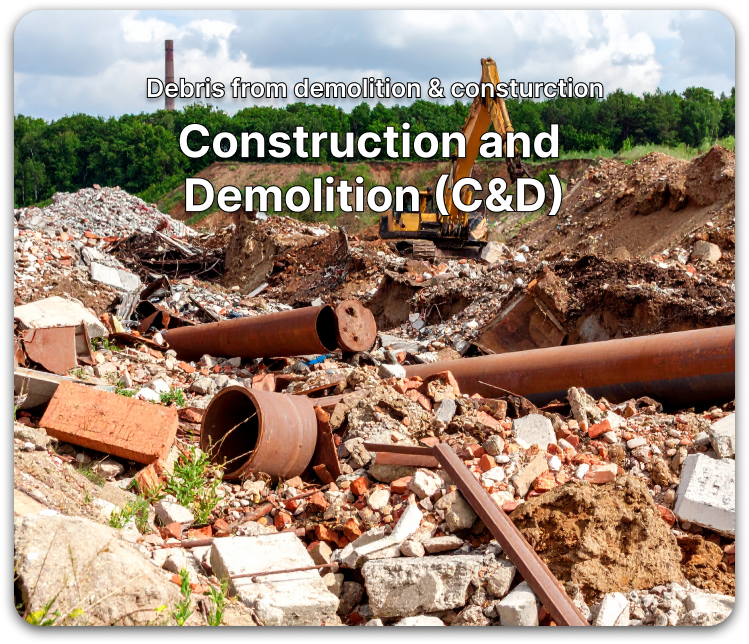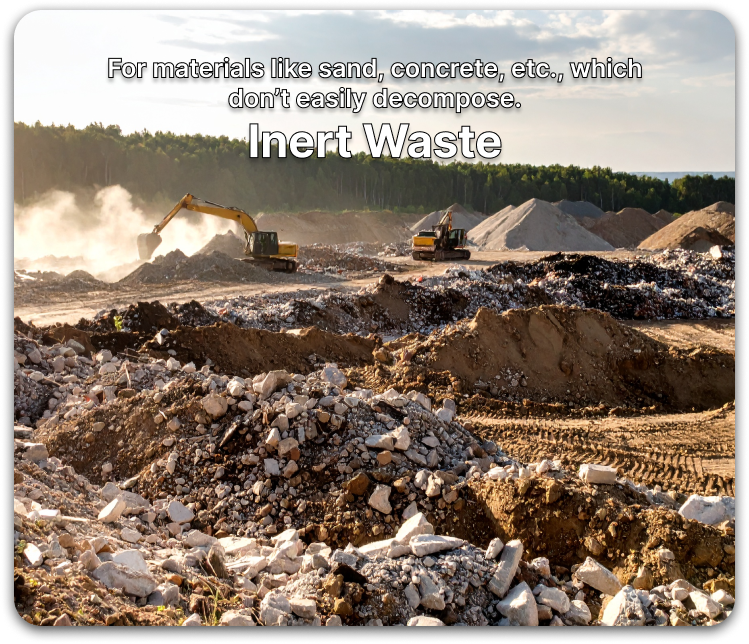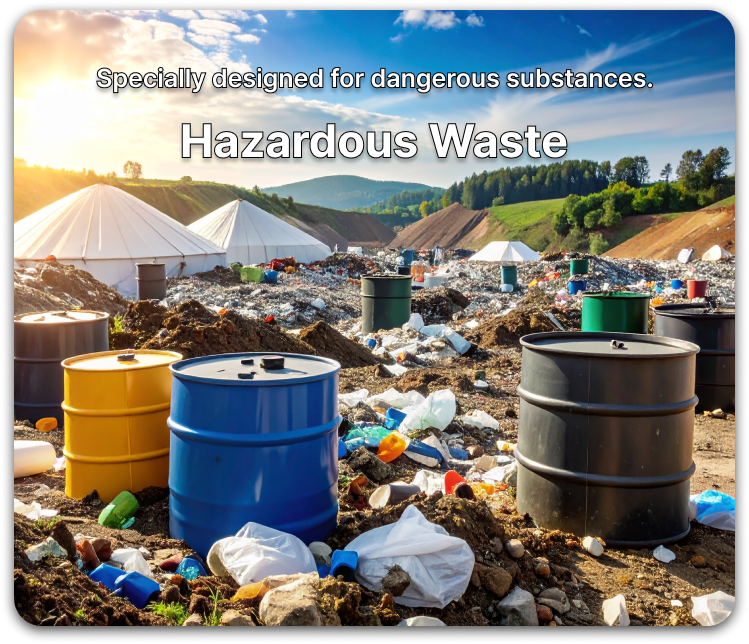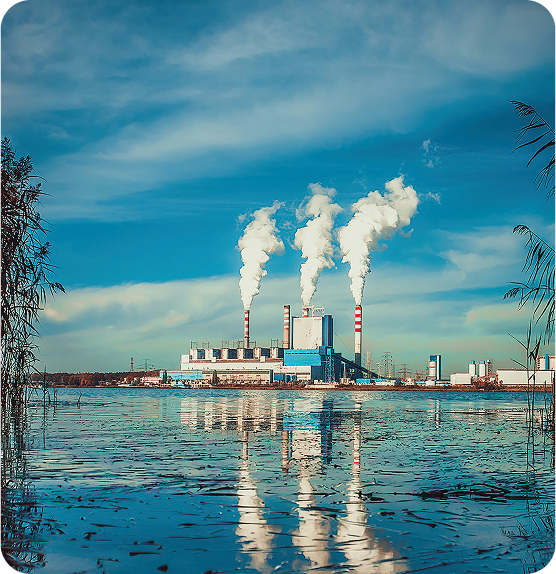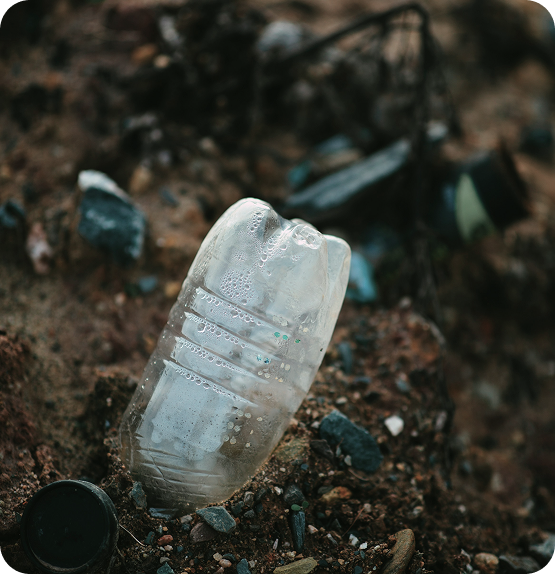
What is a Landfill Site?
A landfill is a carefully engineered structure that is used to isolate waste from the environment, particularly air, water, and soil, to avoid pollution. It’s not just a big dump—modern landfills are highly regulated and designed to minimize environmental damage.

